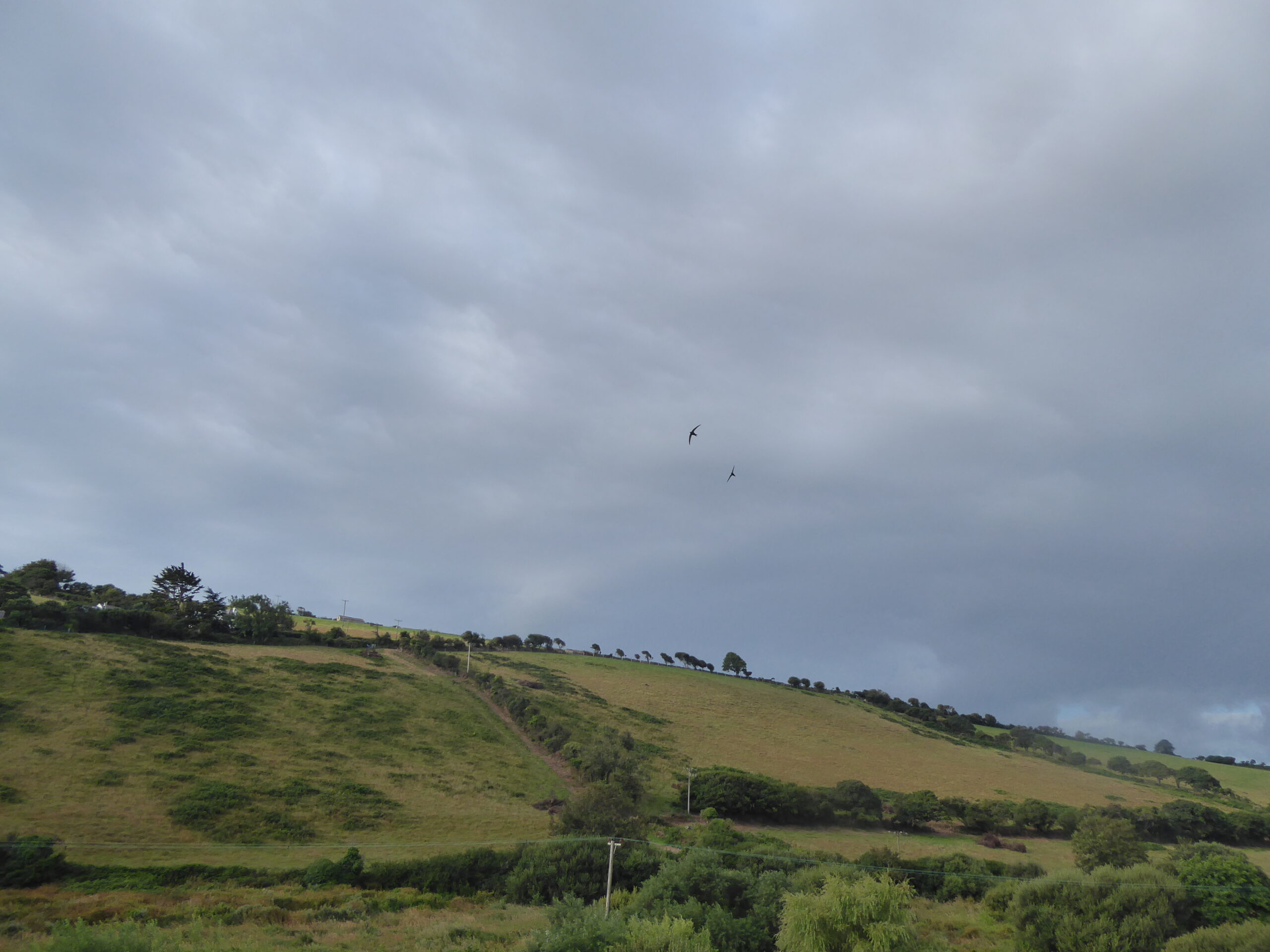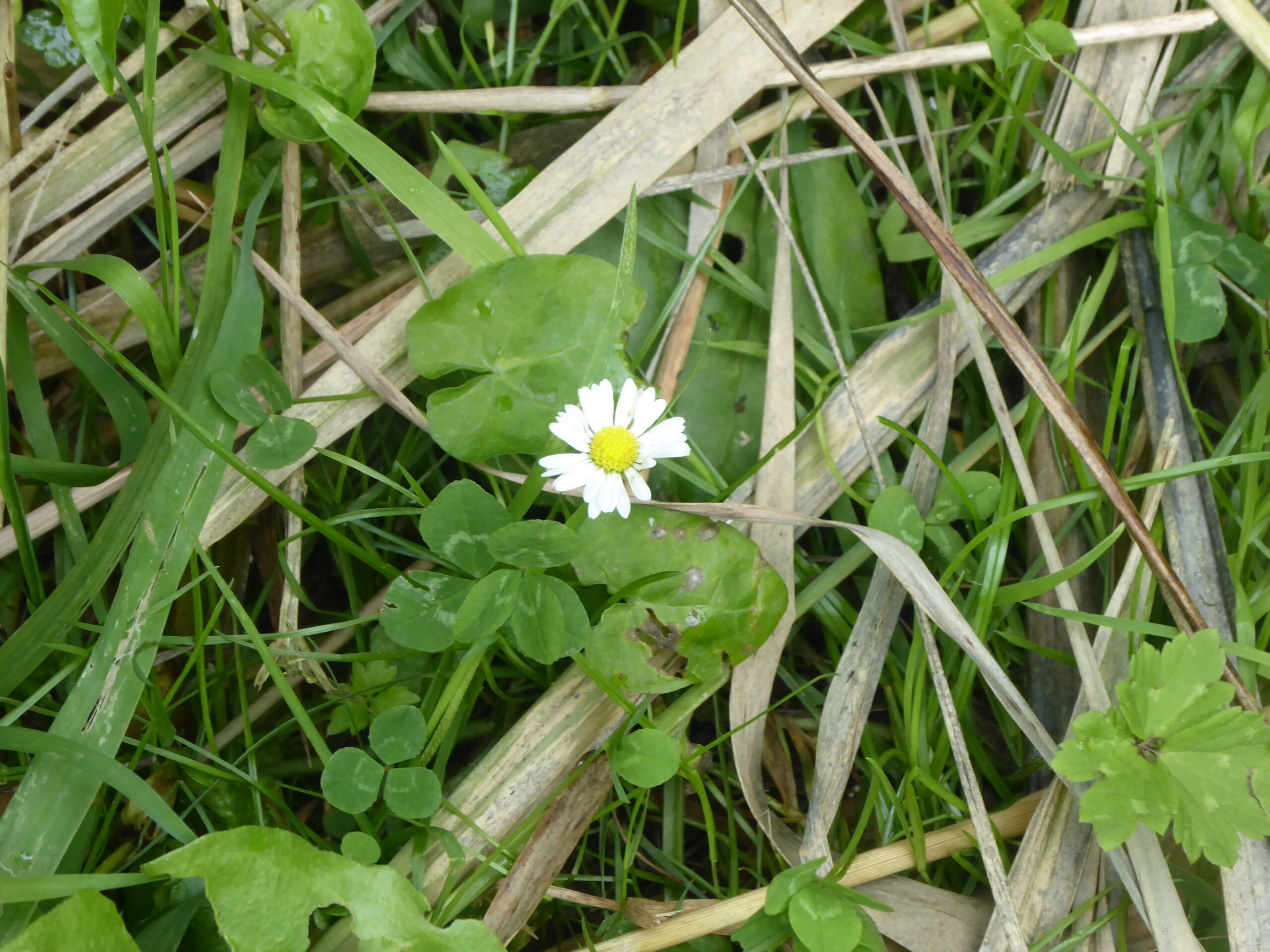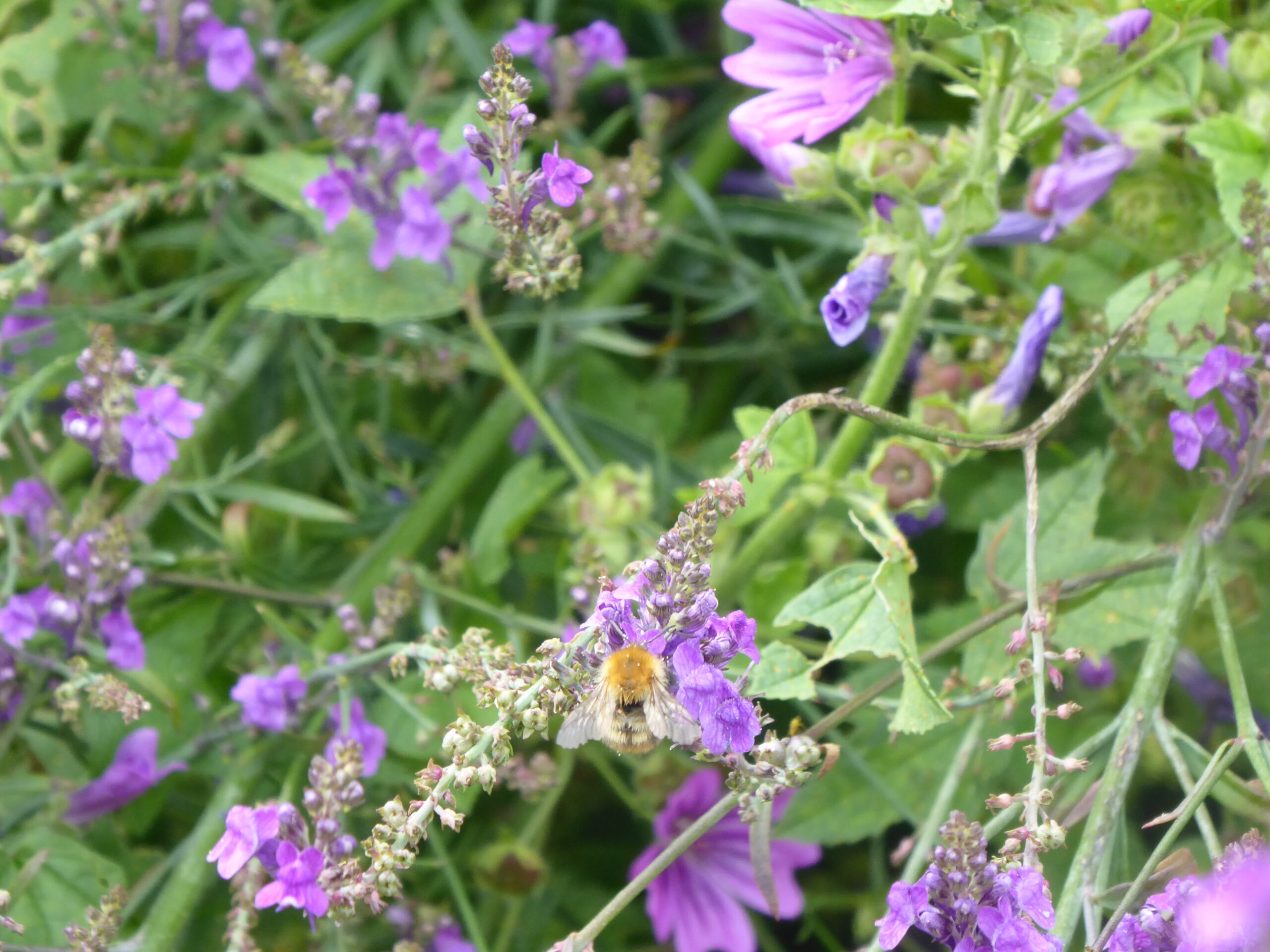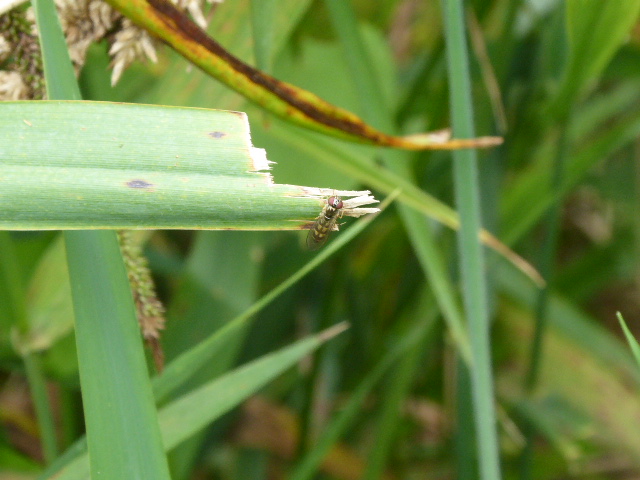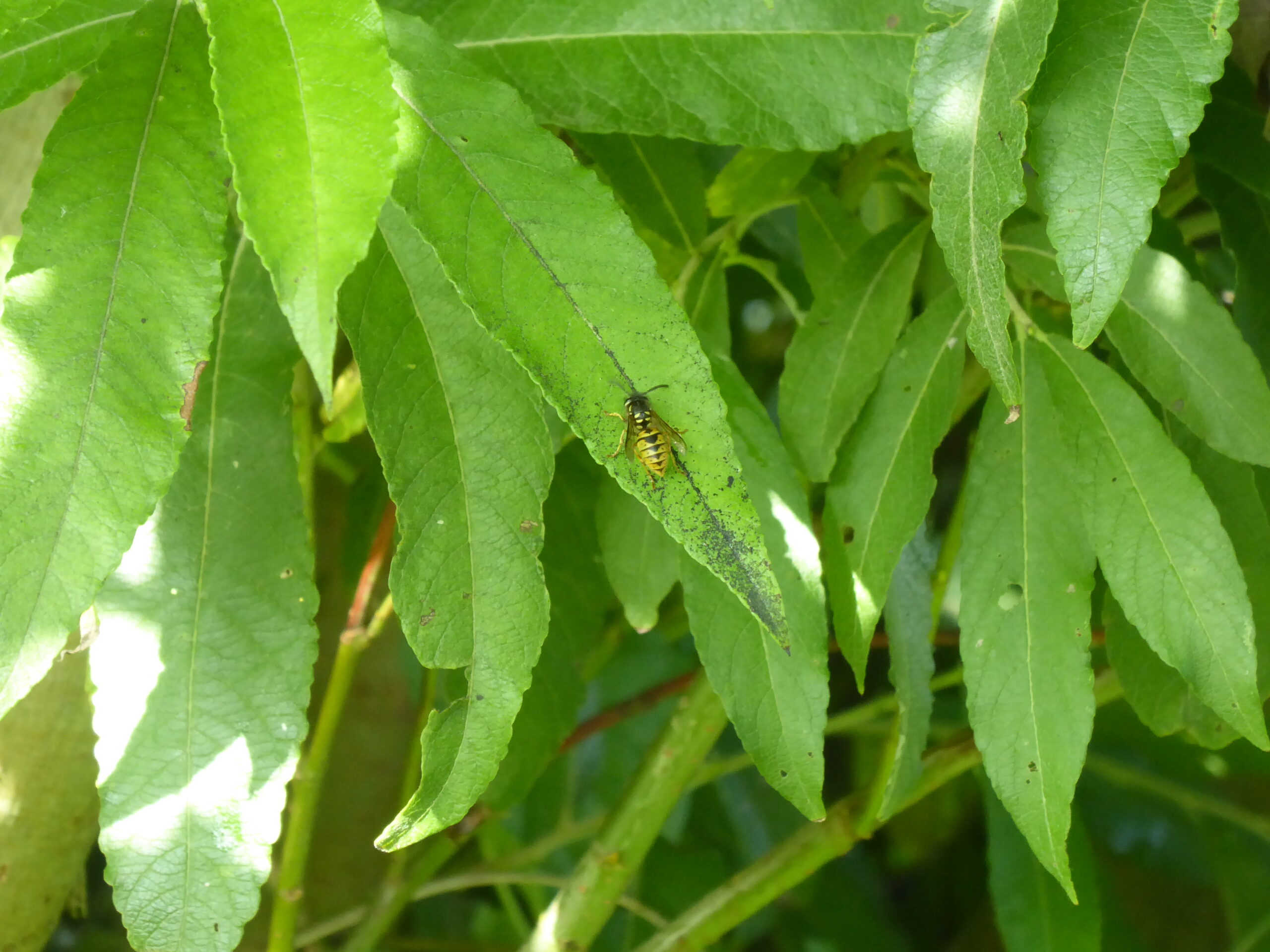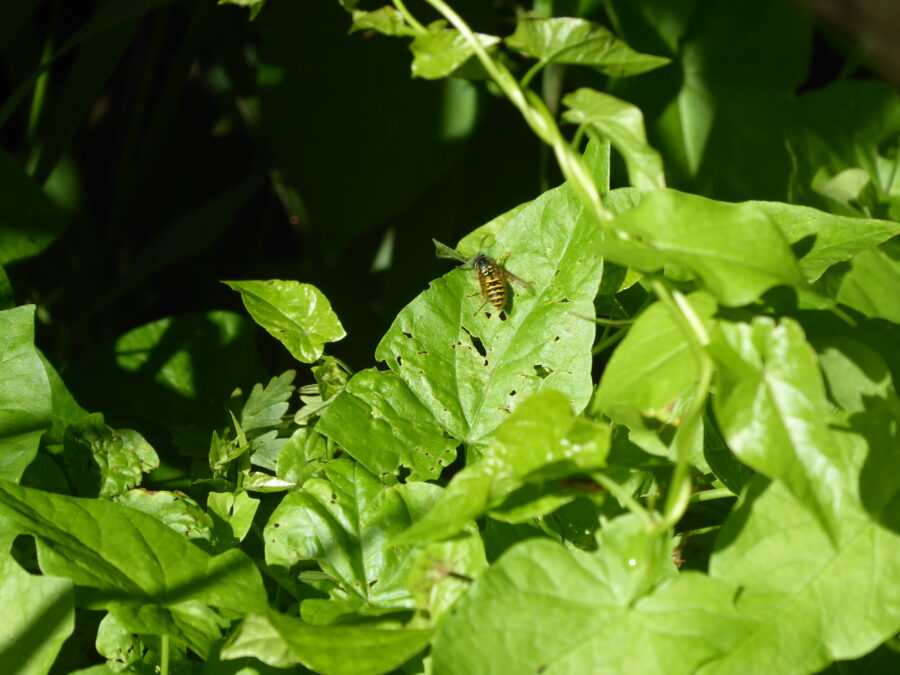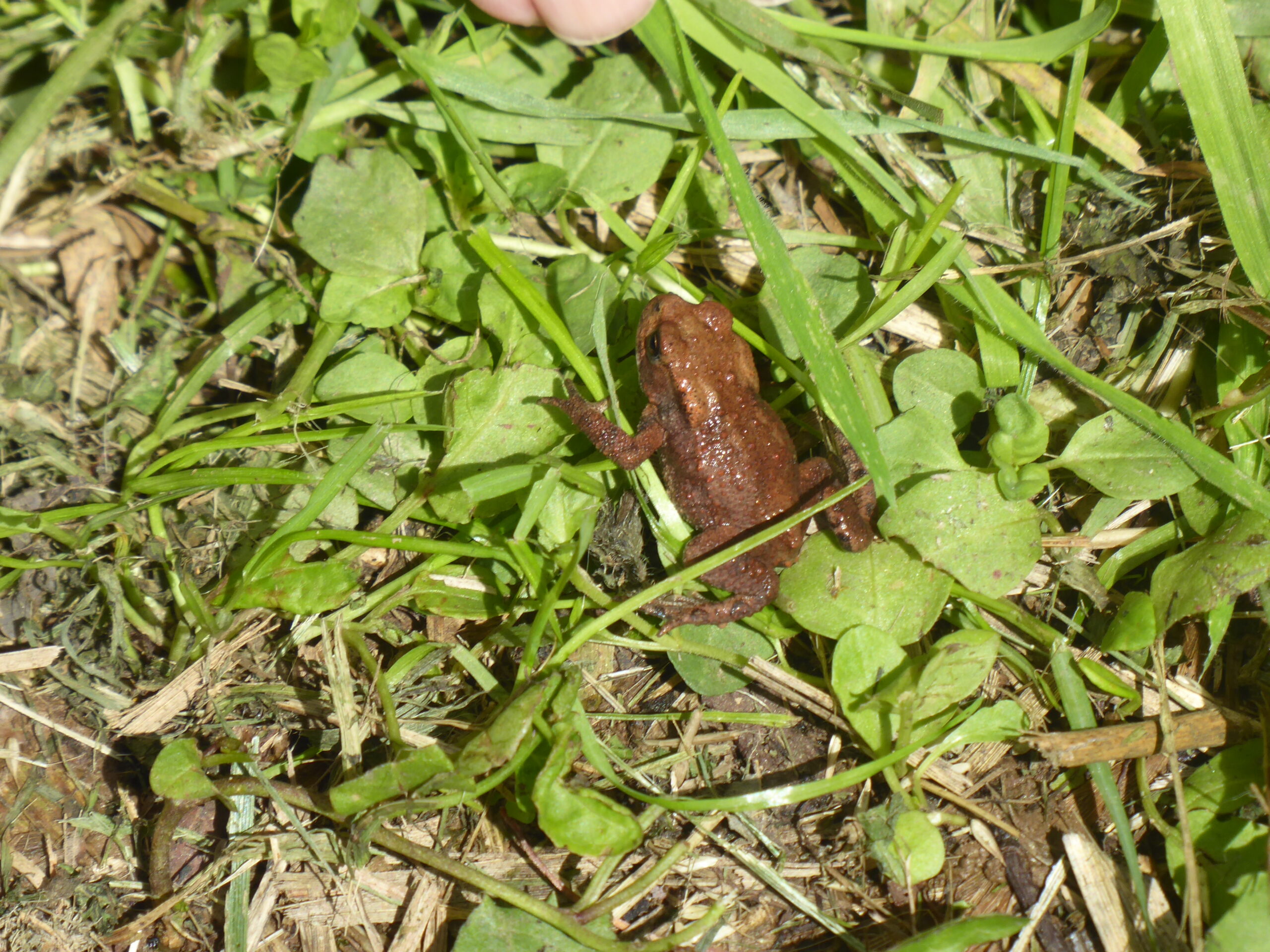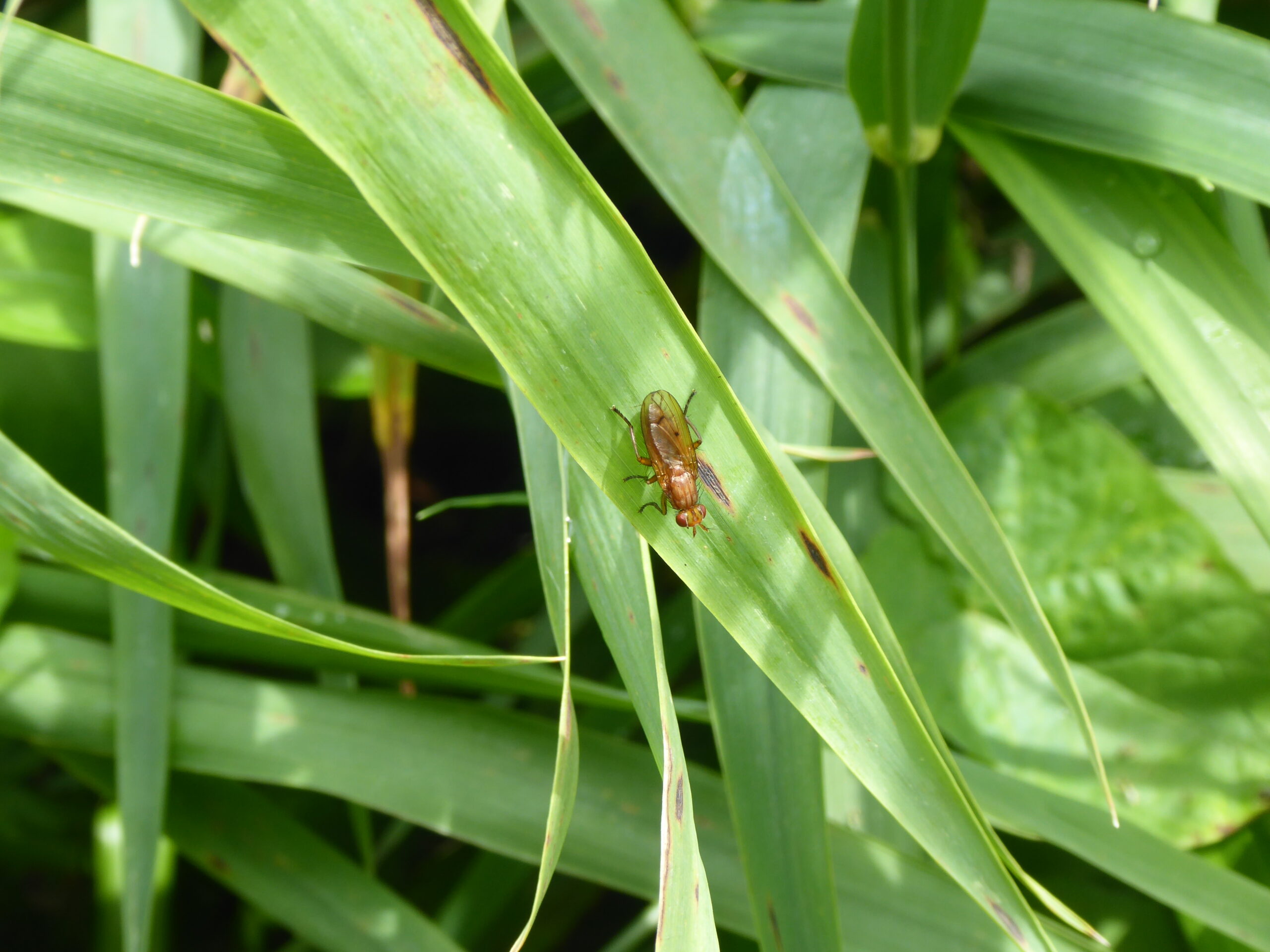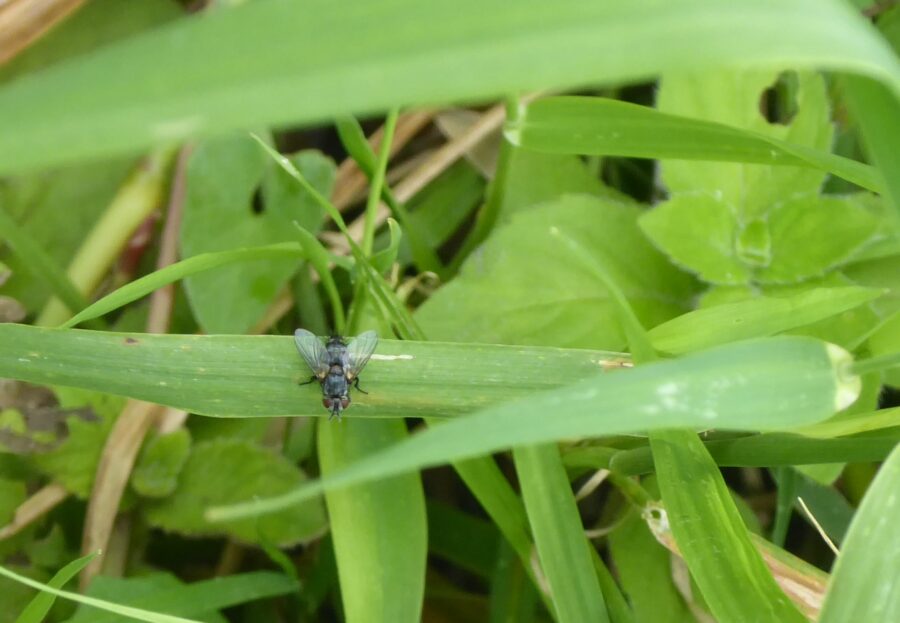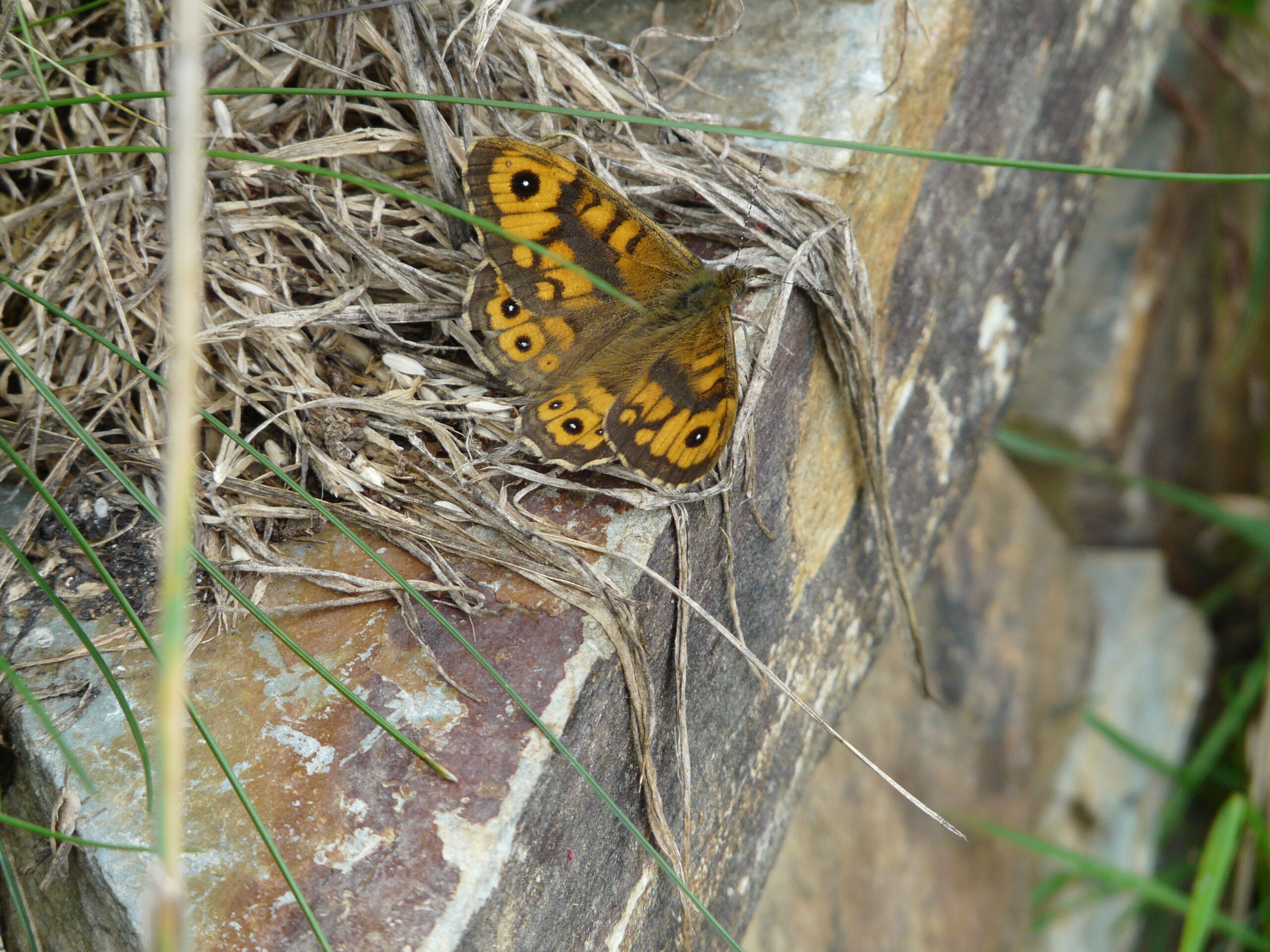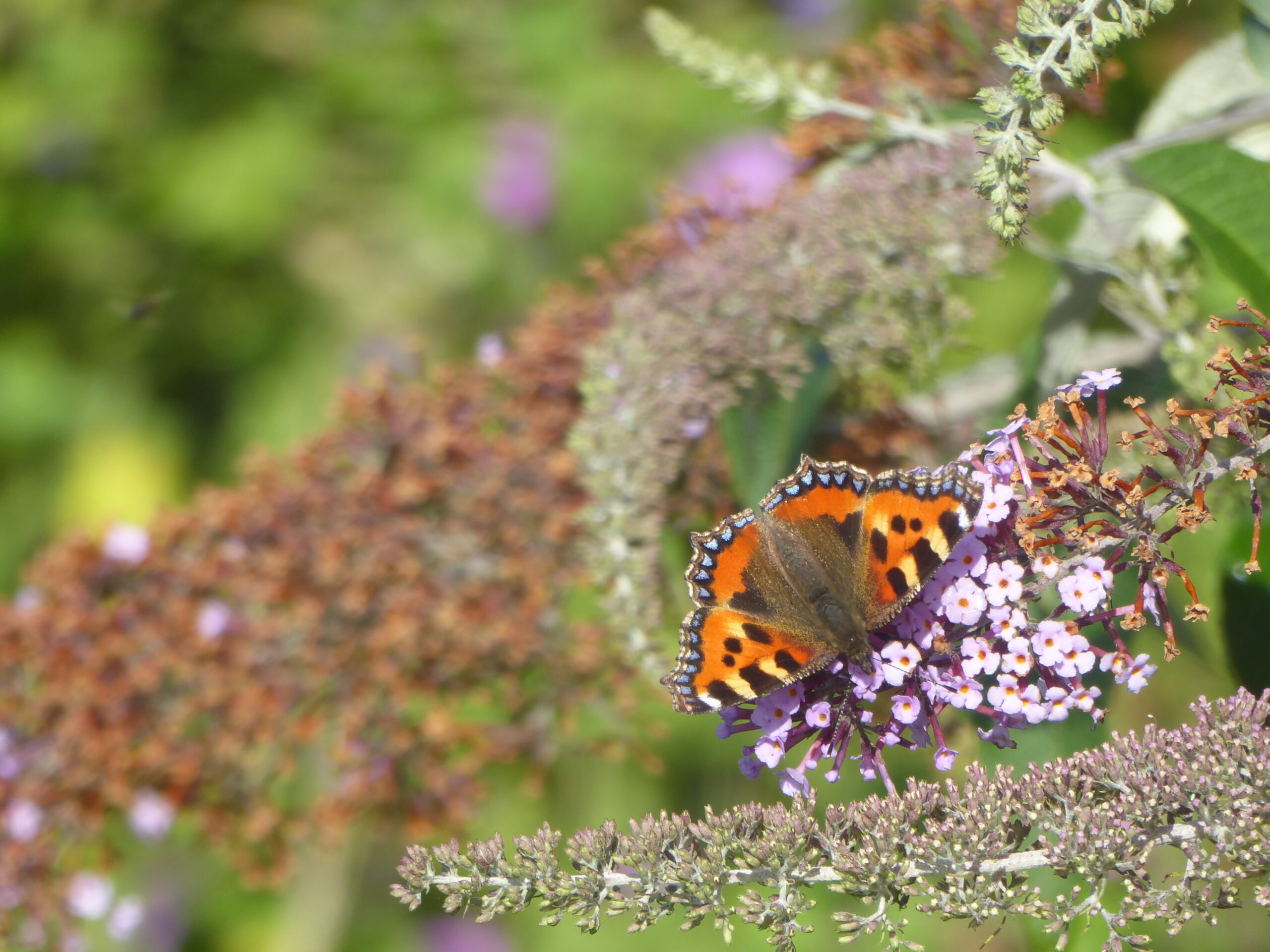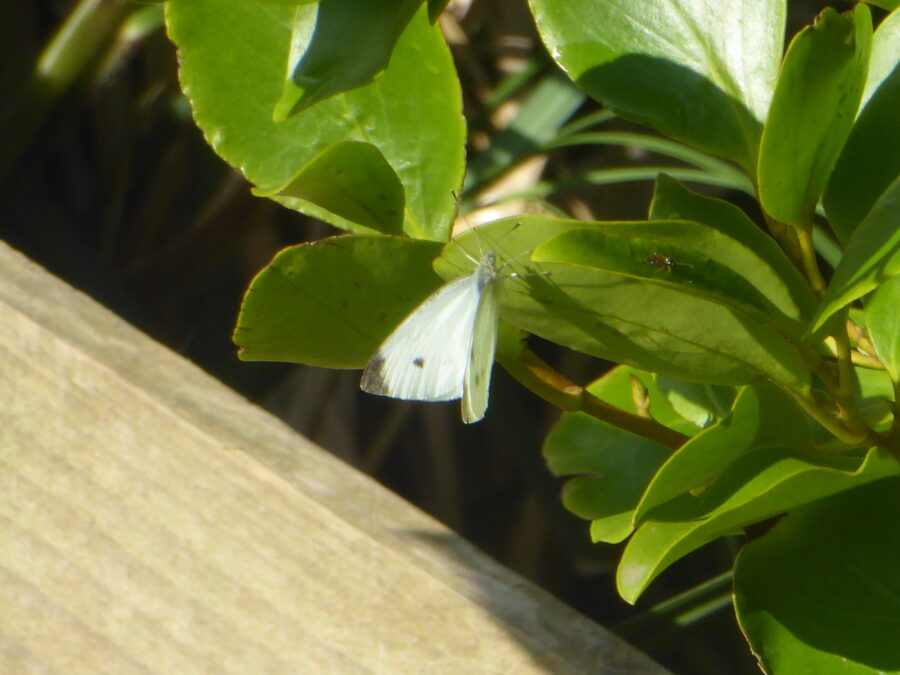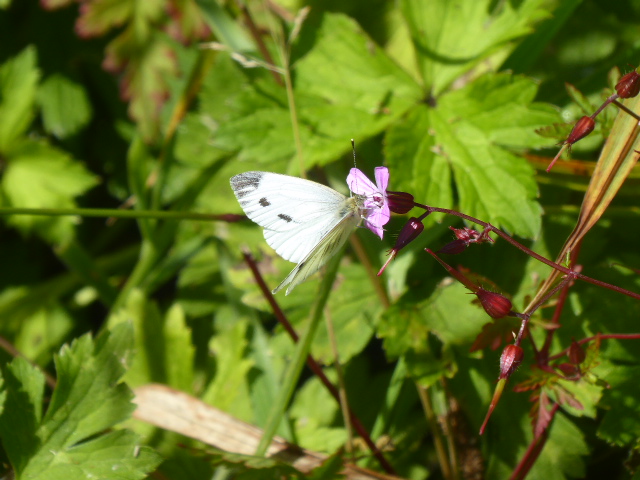I mentioned back in June that I was having trouble taking photos of birds in the valley. I would have no trouble inventorising the birds in the garden – around the bird feeder, in the shrubs and on the lawn and flower beds. The watermeadow, though, is much more difficult because the birdlife is either tucked away in dense foliage or speeding up and down the valley, as is the case with the swifts.
After a few days of scanning the sky with my camera, I managed to get a fairly decent photo of a couple of swifts. These are not over our actual airspace, but, trust me, they were flying through!
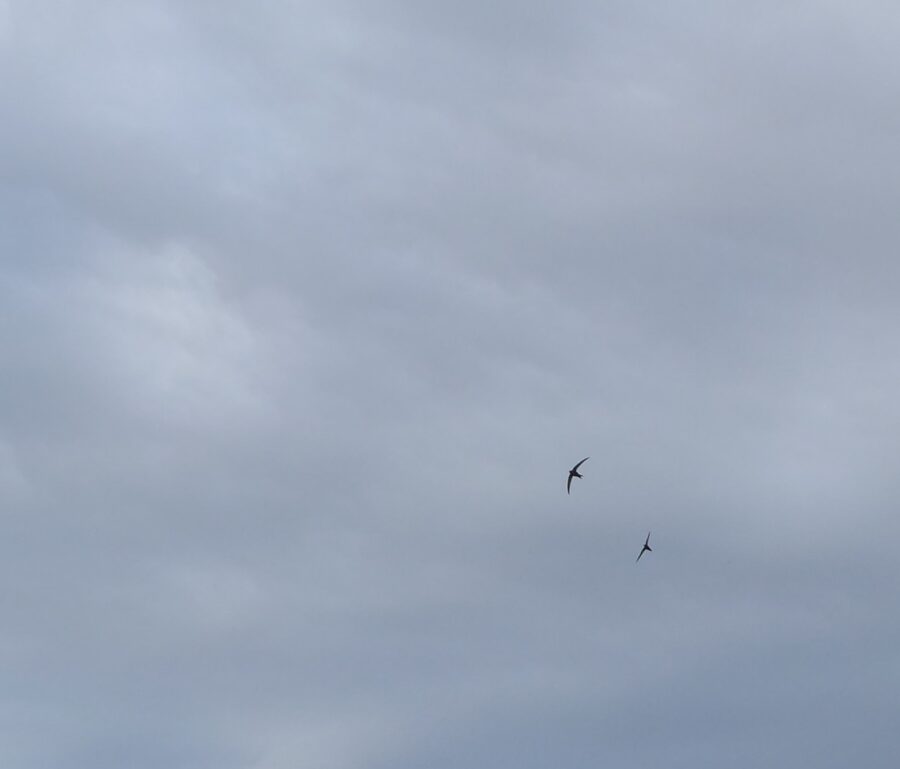
Mostly, I’ve not focused on the birds, as the majority will still be here over the winter, when the wildflowers have finished, and the bugs are hibernating. Obviously the swifts and house martins have been exceptions, as they are summer visitors.
Other birds that I have seen in the valley are buzzards, a sparrowhawk, and a kestrel; magpies, pigeons, pheasants, goldfinches on the telegraph wires, and long-tailed tits. There was a crow family with white markings, though I haven’t seen them recently, but there is often a crow on top of the sea buckthorn. I have seen a greenfinch and a couple of bullfinches recently, and a woodpecker on the telegraph pole. A chiff-chaff regularly makes his presence known. A female blackbird makes a commotion every spring when she is nesting. Then there is a heron, an egret, seagulls flying up and down the valley at the beginning and end of the day. Finally, moorhens and mallards are on next door’s pond, but we will have to wait till the winter floods to see them in our watermeadow. All of these birds I hope to spot again, to photograph and tally.
